Introduction to Vapor Tight Lighting
In various industries, effective lighting solutions are crucial for operational efficiency, safety, and productivity. Among these solutions, Vapor Tight fixtures stand out as an essential choice, especially in environments susceptible to moisture, dust, and other challenging conditions. This article delves into the nuanced world of vapor tight lighting, examining its definition, significance, applications, and essential features, ultimately guiding individuals and businesses toward making informed lighting decisions.
What is Vapor Tight?
Vapor tight fixtures are specially designed lighting solutions sealed to prevent water, dust, and various contaminants from disrupting their function. This sealing is achieved through high-quality materials and manufacturing processes, including gaskets and enclosures that resist moisture penetration. As a result, these fixtures boast a design that allows them to perform optimally in any environment where conventional fixtures would fail.
The Importance of Vapor Tight Fixtures in Various Environments
The operational environments of many industries are prone to high humidity, water exposure, and debris. For instance, food processing plants, warehouses, parking garages, and manufacturing facilities often require enhanced lighting that can withstand such conditions. In these scenarios, standard light fixtures would experience rapid failure, leading to increased maintenance costs and safety risks. Vapor tight fixtures address these challenges by providing reliable lighting that can survive being exposed to wet elements or particulate matter without sacrificing performance.
Common Applications of Vapor Tight Lighting
Vapor tight lighting finds diverse applications across various sectors. Its versatile design makes it suitable for:
- Food Processing Areas: These fixtures provide the necessary illumination in environments regulated for hygiene without the risk of contamination.
- Parking Garages: Vapor tight lights ensure visibility and safety, even in damp conditions, reducing crime risk and improving vehicle movement.
- Industrial Facilities: Factories often see a combination of debris and moisture, making vapor tight fixtures an ideal choice for reliable lighting.
- Medical Facilities: The sterile environments found in hospitals benefit from vapor tight lights that prevent the buildup of dust and moisture.
Key Features of Vapor Tight Fixtures
Durability and Weather Resistance
One of the defining features of vapor tight fixtures is their superior durability. Constructed with robust materials such as polycarbonate or glass that can withstand impacts and harsh conditions, they are built to last. Manufacturers often test these fixtures against rigorous standard conditions to ensure they meet safety regulations for various applications. Additionally, vapor tight lighting typically features protective coatings that resist corrosion, ensuring long-term use in outdoor or harsh industrial settings.
Energy Efficiency Advantages
Energy efficiency is a fundamental concern for businesses looking to minimize overhead costs and reduce their carbon footprint. Many vapor tight fixtures utilize LED technology, which offers significantly lower energy consumption than traditional incandescent or fluorescent lighting options. LED vapor tight fixtures also provide high lumen output per watt, ensuring maximum light output with minimal energy used. Over time, this translates to lower energy bills and a more sustainable operation.
Maintenance and Lifespan Considerations
Maintenance is a crucial aspect of any lighting setup, particularly for businesses aiming to minimize downtime and operational disruptions. Vapor tight fixtures typically have a longer lifespan than their non-sealed counterparts due to their robust construction and resistance to environmental challenges. This longevity reduces the frequency of replacements and the associated costs. Additionally, facilities equipped with vapor tight lighting can afford to spend less on maintenance, freeing up resources for other critical operations.
Choosing the Right Vapor Tight Fixture
Size and Design Options
Selecting the appropriate size and design for vapor tight lighting is crucial to ensuring adequate illumination for the specific application. When considering these factors, it is essential to understand the space’s layout, the height of the ceilings, and the intended use. For instance, areas requiring higher lumen output may benefit from longer fixtures or those with multiple LEDs. Understanding the physical environment not only aids in selecting an effective size but also enhances the aesthetic appeal of the installation.
Light Output and Color Temperature Selection
Another critical factor to consider is light output, measured in lumens. Assessing the number of lumens necessary for a given space helps ensure that the illumination meets safety and productivity needs. Additionally, color temperature can influence the atmosphere of a space; warmer temperatures create a cozy environment, while cooler temperatures mimic daylight and can enhance alertness. Businesses should consider employees’ comfort and operational requirements when selecting color temperatures to make the most of their lighting solutions.
Installation Requirements
Proper installation is critical for any lighting fixture, particularly for vapor tight models. These fixtures often come with specific installation requirements, particularly regarding the configuration of electrical systems. It is recommended to employ qualified electricians who can ensure adherence to local codes and standards. Additionally, because vapor tight lights are often utilized in industrial settings where OSHA regulations are paramount, understanding these requirements during planning can prevent costly mistakes.
Benefits of Using Vapor Tight Lighting
Enhanced Safety in Hazardous Environments
Safety is one of the primary priorities in hazardous environments, and vapor tight fixtures can significantly enhance safety levels. By minimizing hazards associated with exposure to moisture and debris, these fixtures mitigate the risk of electrical failure, fires, or other accidents. Enhanced visibility also contributes to overall safety, reducing workplace accidents and providing a safer environment for both employees and customers.
Cost-Effectiveness Over Time
While the initial investment for vapor tight fixtures may be higher than standard options, the long-term savings are considerable. Reduced energy consumption, coupled with lower maintenance and replacement costs, makes vapor tight lighting a more cost-effective choice over time. Businesses are likely to notice noticeable reductions in both power and repair bills, directly contributing to the bottom line.
Environmental Impact and Sustainability
The environmental benefits of adopting vapor tight lighting extend beyond simple energy savings. By using energy-efficient LED technology, companies reduce their greenhouse gas emissions, thereby contributing to sustainability efforts. Moreover, the durability of vapor tight fixtures ensures they have a longer lifecycle, which decreases the frequency of disposal and replacements and helps reduce waste.
FAQs About Vapor Tight Lighting
How are Vapor Tight Fixtures Tested for Standards?
Manufacturers subject vapor tight fixtures to stringent testing protocols to ensure compliance with industry standards. These tests evaluate moisture and dust resistance, structural integrity, electrical performance, and overall safety. Common certifications include IP ratings (Ingress Protection) and UL listings, which indicate that the product has been tested for safety in diverse environments.
Can Vapor Tight Fixtures Be Used Indoors?
Yes, vapor tight fixtures can be used effectively indoors. Although they are particularly popular in outdoor installations due to their weather-resistant features, their design also benefits indoor settings characterized by high humidity, dust, or ambient moisture such as kitchens, bathrooms, or manufacturing facilities.
What Maintenance is Required for Vapor Tight Lighting?
Despite their durability and low maintenance claims, vapor tight fixtures still require some degree of routine care. Regular inspections should be conducted to ensure seals remain integrity intact and that no moisture intrusion occurs. Cleaning the fixture lenses periodically can also help maintain optimal light output by preventing dust and other particles from obscuring the light beam.


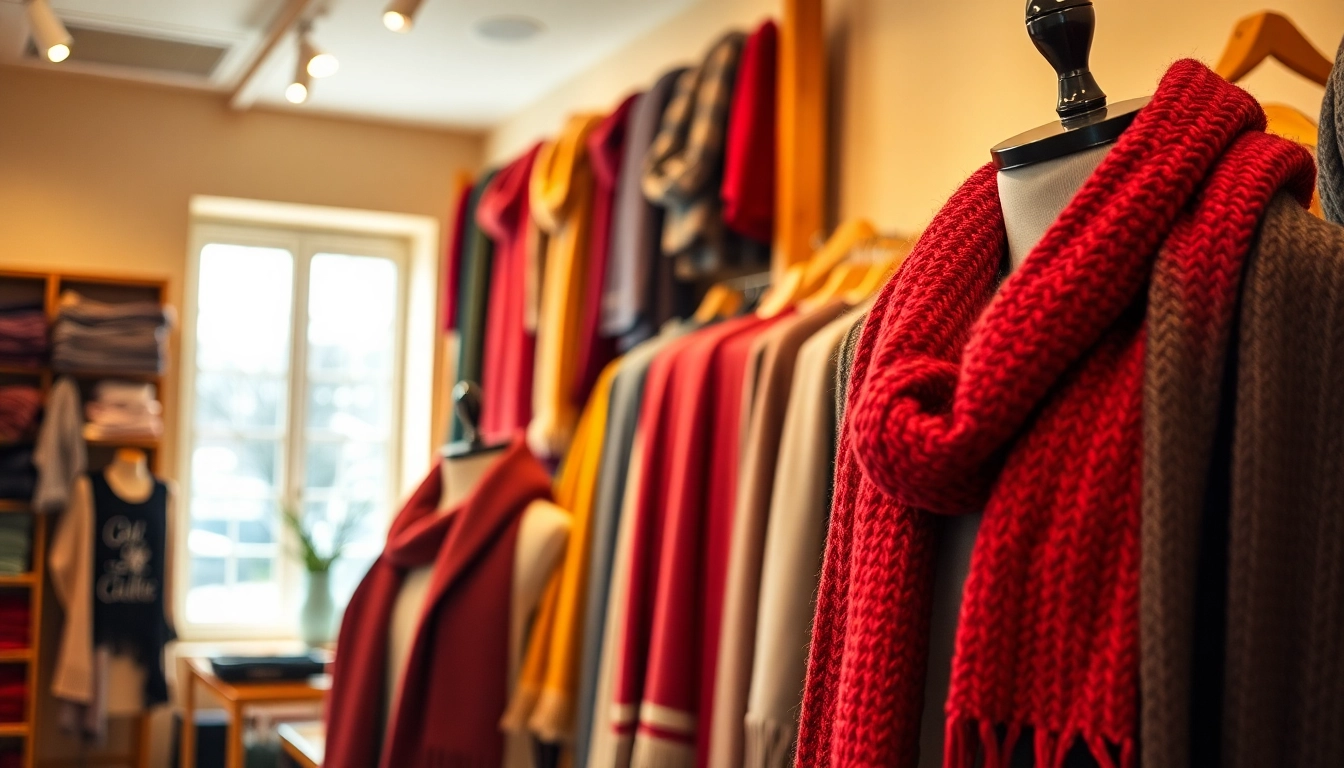
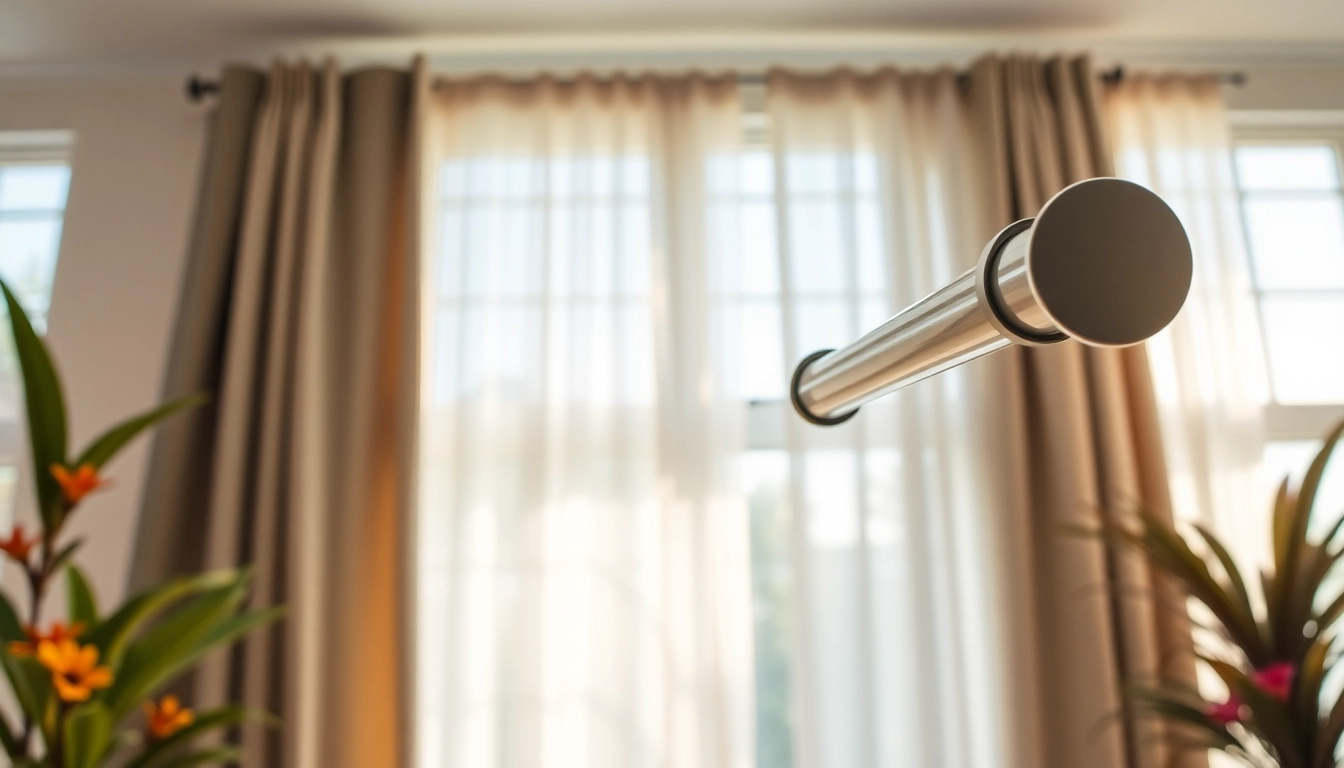
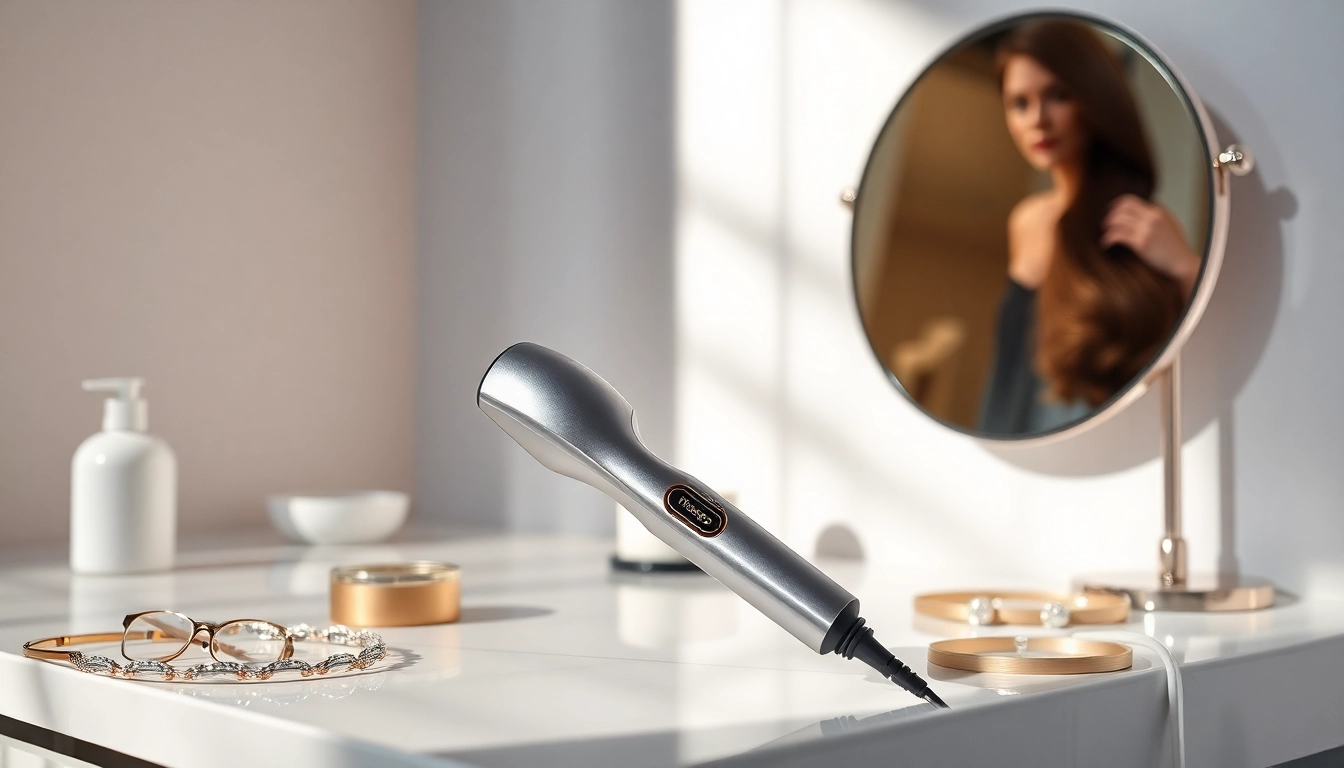
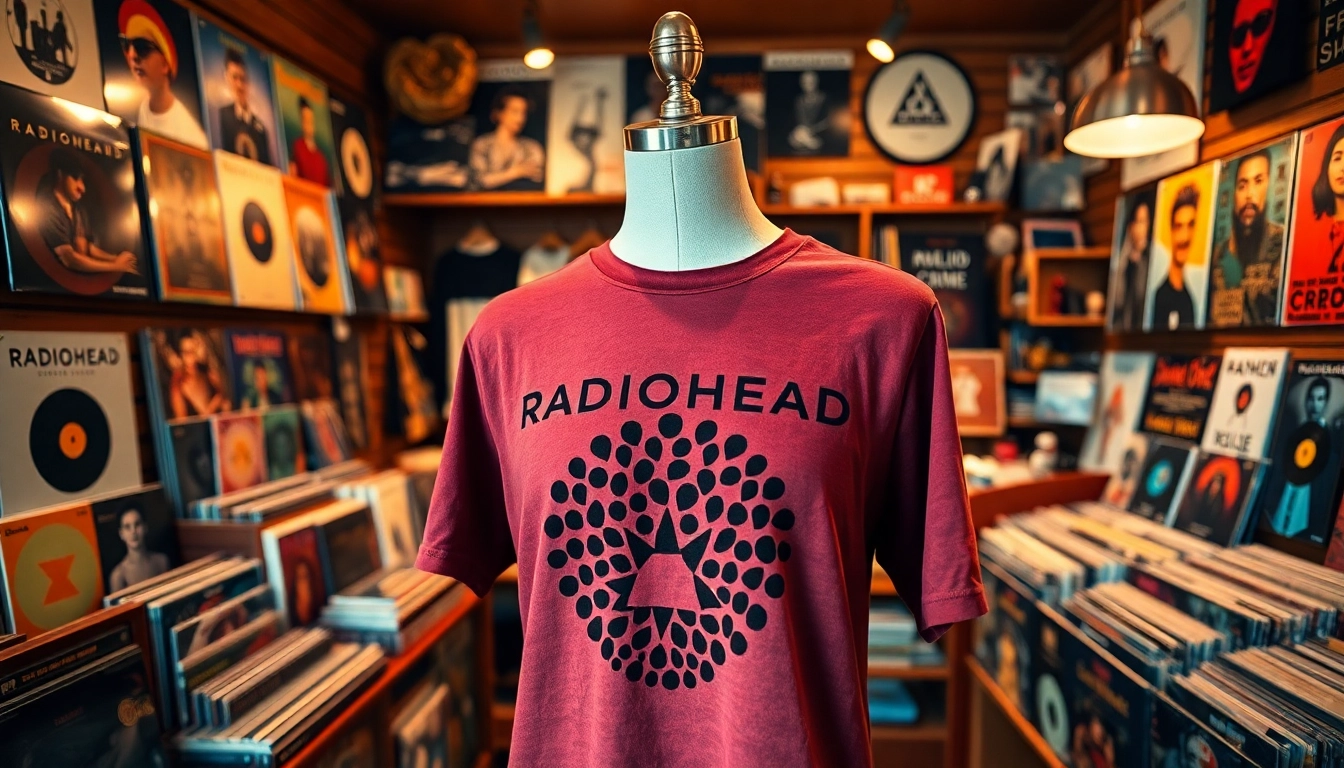
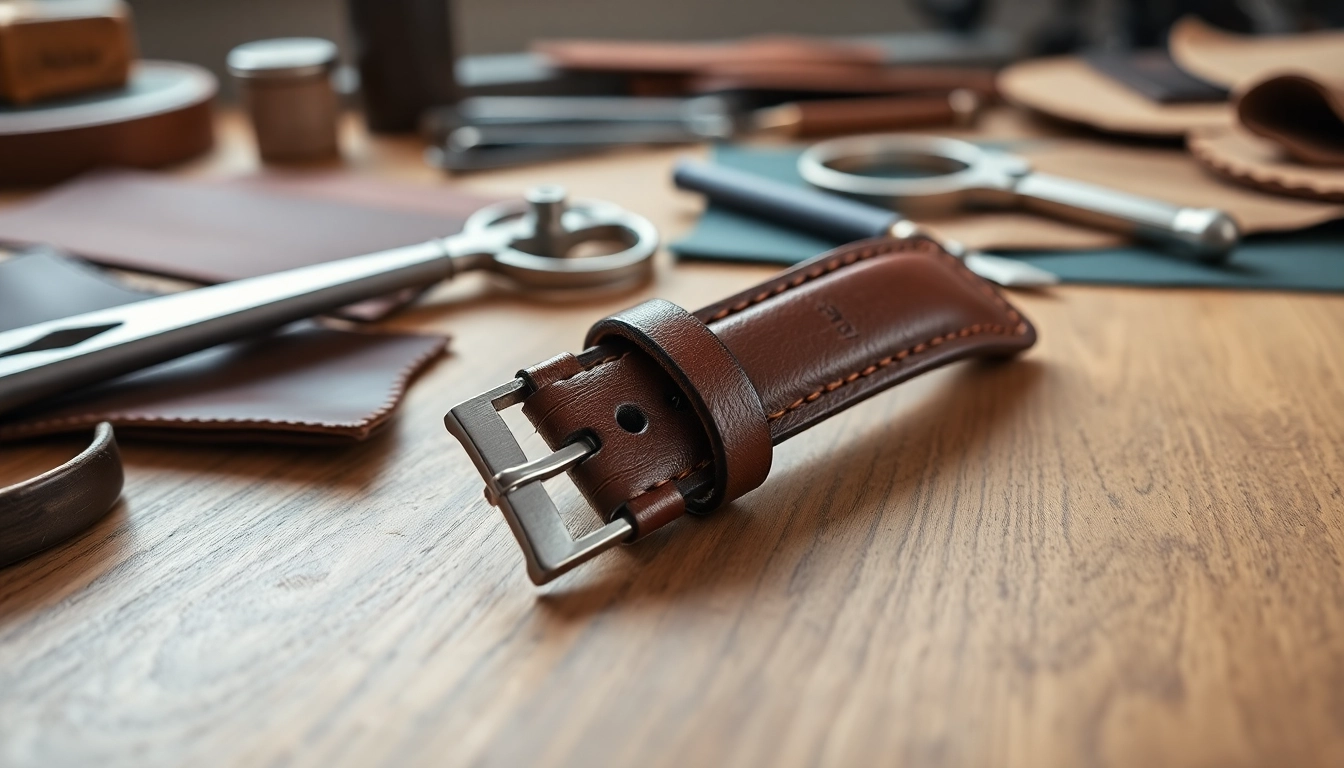

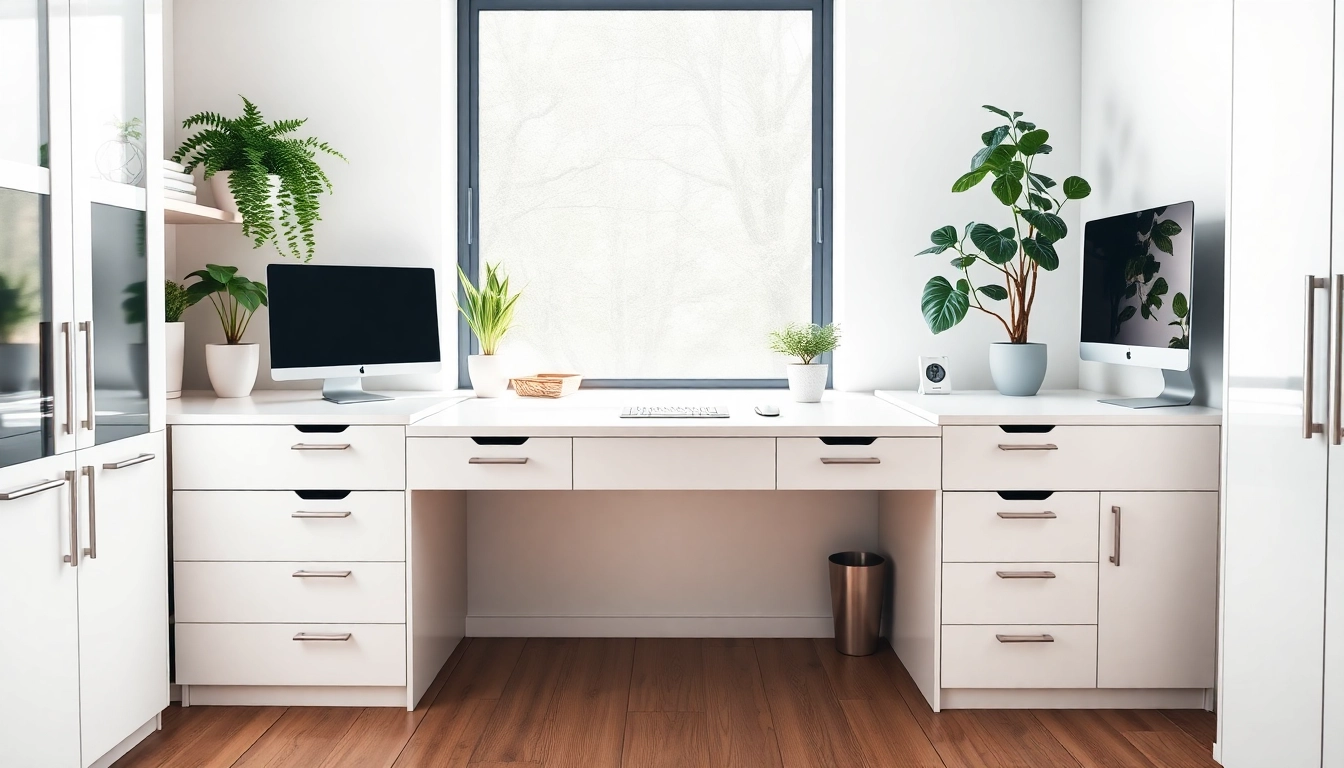
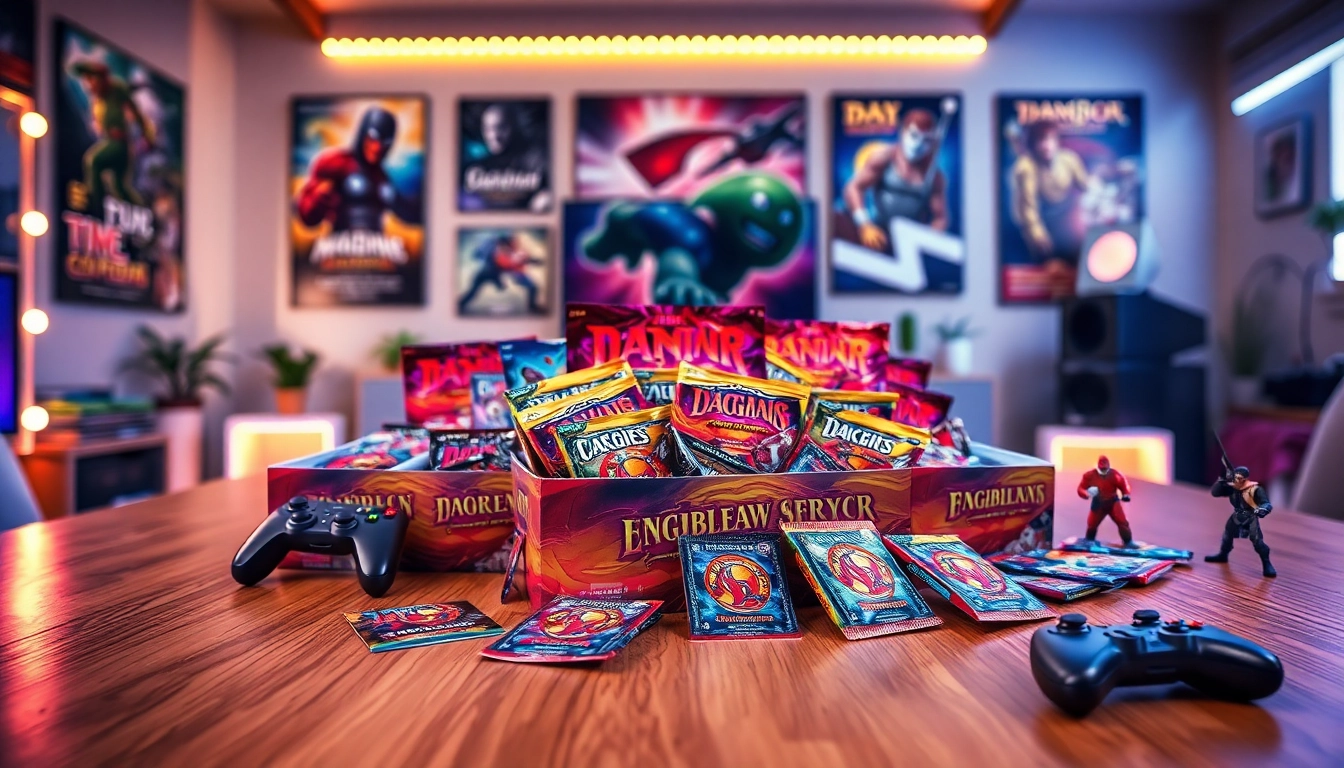
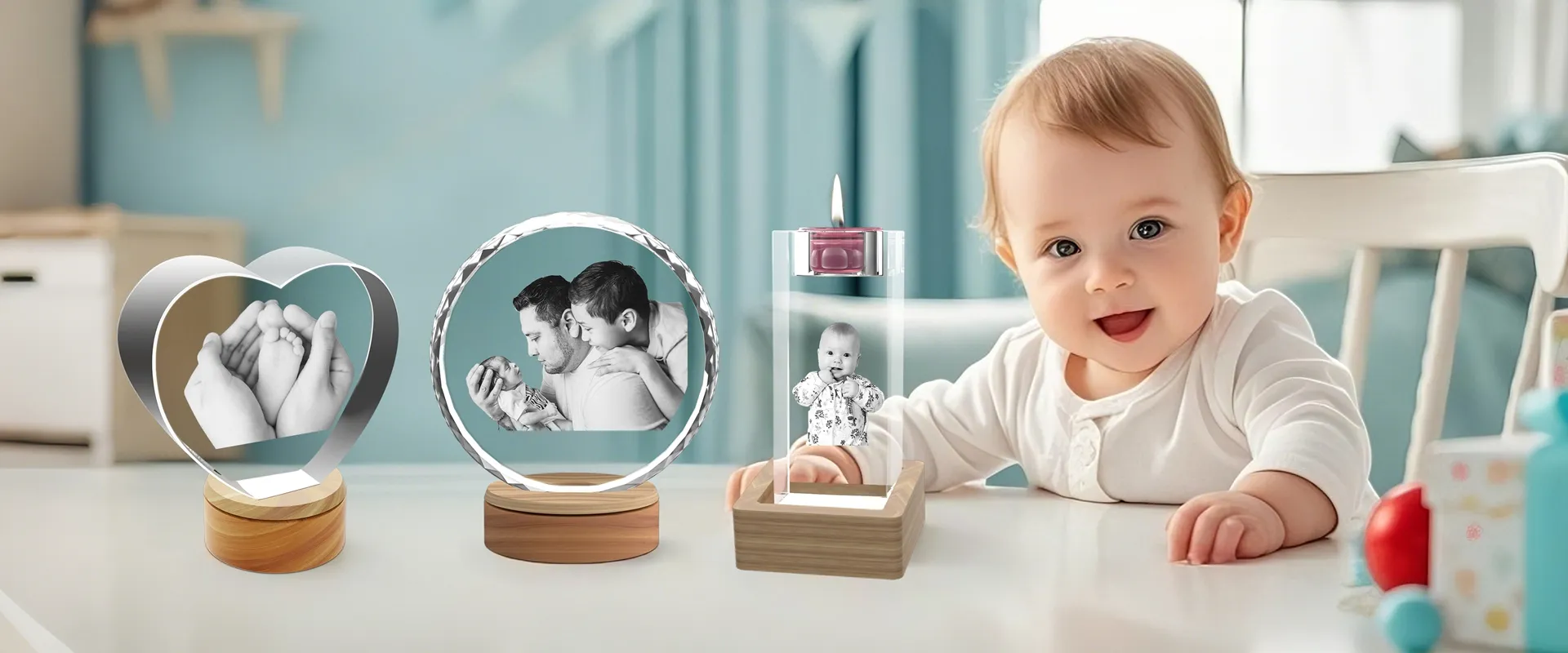


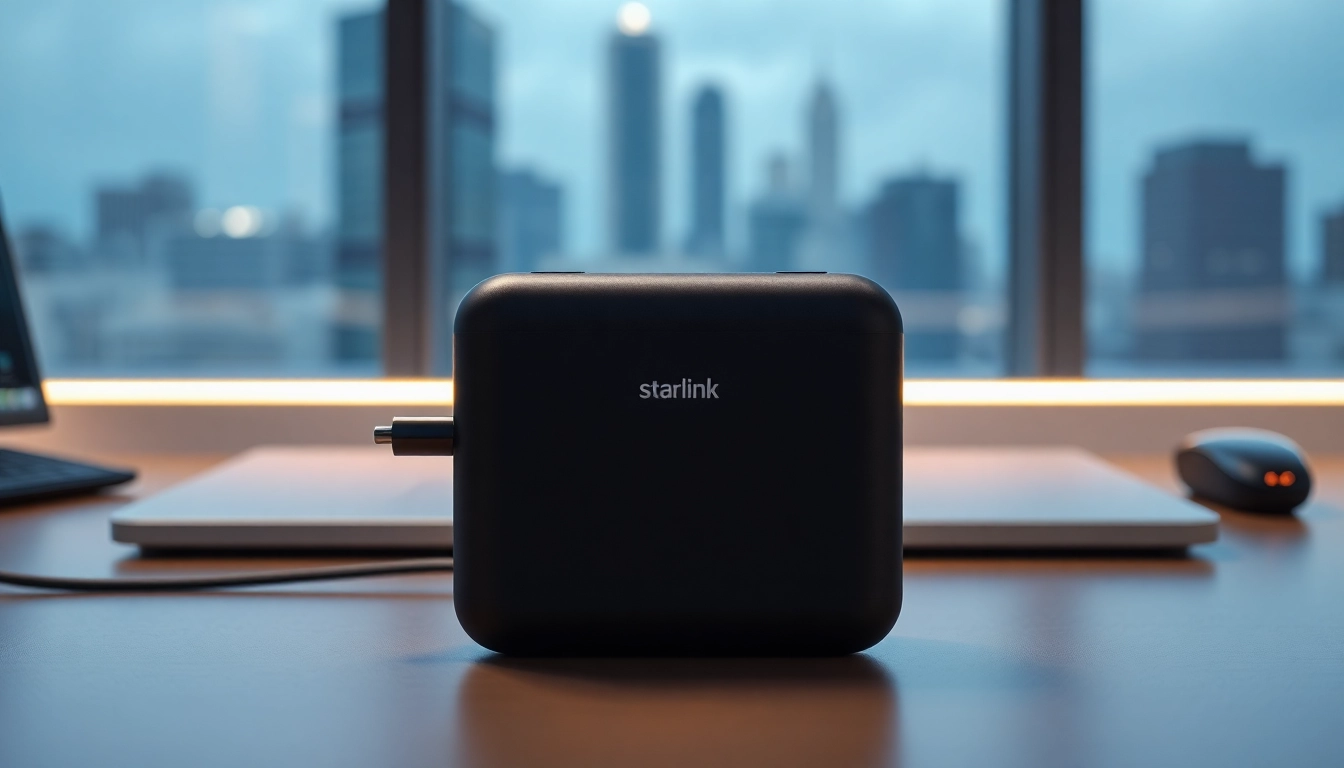

Leave a Reply